Happy 100th National Park Service
Brenda Sieglitz Spring 2016
I could feel the weight of the families who mourned for their loved ones as I walked along the dark stained concrete walkway to the Flight 93 National Memorial Plaza and made my way to the Wall of Names. I felt connected to the people who had lost loved ones here, whose lives were an unfortunate sacrifice. I had felt incredibly bound with my fellow Americans in 2001; the Flight 93 memorial feels like a place in a vast and brilliant landscape where we, as Americans, are all connected.
The slabs of concrete along the path to the wall beckon you to stop, rest and reflect on the lives lost in Shanksville, and all over the world, where Americans fight every day for our freedom. I reflected upon a friend’s husband who died overseas while serving in the military.
The National Park Service (NPS) even provides paper and pens to write and leave notes for loved ones. There are opportunities to listen to the stories of last calls made that September day, but I couldn’t bring myself to do so. In 2016, visitors may explore the site and the new visitor center as well as honor the 15th anniversary of 9/11.
Across Pennsylvania, there are numerous parks and historic sites and landmarks, as well as beautiful landscapes that are designated with a protected status by the NPS. 2016 will mark 100 years since the United States’ National Park Service was established, and there will be activities year-round, along with the usual slate of offerings and opportunities.
Just 45 minutes north of the Flight 93 memorial is the Johnstown Flood National Memorial. I made my way to this NPS site on a cloudy, cool day. I toured the visitor center and stared in awe at the dramatic pictures of the flood of 1889, which killed 2,209 people.
I walked out along the grassy path that led to the once-filled earthen dam that was now missing its destroyed middle section, which caused the flood. I imagined what the sounds must have been like as the earth gave way and water rushed out to the town of Johnstown below. I closed my eyes and my heart broke for the people who had no idea what was coming. It is another place in Pennsylvania’s past that holds much destruction and pain, a memorial for a horrific time that begged us all to consider our choices and ethics in business and pleasure. Every May the memorial commemorates the anniversary of the historic flood.
Beyond the tragic history of some of Pennsylvania’s national park sites, there are scenic and celebrated regions of American history, and the North Country National Scenic Trail (NCT) boasts these qualities. The National Scenic Trail, when completed, will be the longest trail in the United States, running from North Dakota to New York. In Pennsylvania, the trail will travel along an old Jeep trail, on dirt roads and past abandoned coal mines, a lime kiln, a historic gristmill, the Davis Hollow Cabin, the Old Stone House and a reclaimed strip mine, as well as some tunnels, which will require hikers to use flashlights.
Hikers on the NCT will discover the beauty of the commonwealth at Slippery Rock Gorge at McConnells Mill State Park, 15 miles of trail along Lake Arthur, Jennings Nature Reserve, the Allegheny River, 5 miles along the north fork of Bear Creek. They may also travel through Hemlock forest and two special arched bridges. Traveling northeast toward New York, visitors will follow the Clarion River, head through the Allegheny National Forest, and walk along the Baker Trail and through the Clear Creek State Forest and State Game Lands. Catch your breath and find reprieve along the Sandy Creek and Allegheny River Rails-to-Trails hike.
Not all of the NCT is completed , but once hikers reach the Allegheny National Forest, 97 percent of this section is certified by the National Park Service as completed. Hikers will enjoy day hikes or multi-day adventures along this section of trail while appreciating local wildlife and numerous scenic overlooks. For the 100th anniversary of the NPS, anyone who hikes 100 miles on the North Country Trail in 2016 as part of the Allegheny 100 Hiking Challenge will be eligible for a special patch and prize via northcountrytrail.org.
The Appalachian Trail (AT) is one of the most significant and well-known trails in the United States. Whenever I see a sign for the AT, I feel the need to step my foot on the trail, just to know my feet have moved along this great landmark. Americans feel called to conquer the AT, the NCT, the Pacific Crest Trail, and other trails in the National Trails System; from these trails the phrases “section hiker” and “thru-hiker” were born. A section hiker is someone who hikes a particular trail in sections, possibly throughout his or her lifetime. A thru-hiker is someone who completes the entirety of a trail in one trip.
In books describing adventures along the AT, many hikers have sought it out as a path toward self-discovery and reflection. I, too, have felt inspired to travel upon this protected sliver of land that traverses from Maine to Georgia. I have only been on the trail a handful of times, but each experience has been dramatic, challenging and rewarding, as so many other hikers describe it. Due to the rocky terrain, the Pennsylvania portion of the trail has been called “grueling” by many who traveled its 229 miles; the Appalachian Trail Conservancy rates it from 1 to 9 in its variety of difficulty.
The AT travels directly through the Delaware Water Gap National Recreation Area, which I have come to know as one of the most surprising and delightful public lands in the commonwealth. Amongst its 70,000 acres, visitors can explore the Upper Delaware National Scenic and Recreational River, forested mountains, falls, valleys and native plants and trees, as well as historical structures sprinkled throughout the property.
This quiet and serene section of the Delaware River beckons visitors to stop, listen, observe and enjoy its tranquil flow and the ambient surroundings of wildlife. It is an unexpected pleasure to be in this park while only a short distance from New York City, Scranton and Philadelphia.
In nearby Philadelphia, the Independence National Historic Park includes a time warp back to the 1700s in the birthplace of America at a time when we declared our freedom from British rule. The entire city of Philadelphia resonates with the sounds of freedom as you walk along the brick and stone cobbled streets, reminding you of the passionate sacrifices our ancestors made to secure our liberty.
The park is not only about Independence Hall, but the vast history of political life in the 1700s. When walking through the doors of Christ Church, I could sense the impact of historical pioneers such as Benjamin Franklin, William Penn, Absalom Jones and Betsy Ross, among many others. Viewing the crack in the Liberty Bell and the incredible historical documents at the National Constitution Center, I was in awe of the importance of this Pennsylvania city in our nation’s story.
In December of 1777, George Washington’s army found itself at what is now the Valley Forge National Historic Park, just beyond the city of Philadelphia. In spite of six months of illness, cold and misfortune, they powered on to the Battle of Monmouth in New Jersey with a successful defeat of the British army. Valley Forge National Historic Park honors the impact that regular citizens can have when they work together against adversity. In the 3,500 acres of the park, visitors may also explore native biodiversity. The park has a river, streams, forested wetlands, eastern deciduous forests and tall grass meadows.
Hopewell Furnace National Historic Site is not far from Valley Forge, and visitors can experience the history of the United States’ early industry era in this iron furnace village. I spend several Saturdays a year volunteering at this park, and visitors arrive excited to see the live animals, intact village, beautiful natural surroundings and trails that lead around the park and into neighboring French Creek State Park.
Looking out upon the village from the visitor center, visitors can see the grandeur of an old sycamore with its branches protecting the ironmaster’s mansion. On a day when there are living history exhibits, the aromas of Dutch oven cooking waft from the village below, wagons are pulled by the horses that live on-site and there are plenty of opportunities to learn about the history of ironmaking.
Heading west, visitors can explore the area where the great Susquehanna River feeds into the Chesapeake Bay and ultimately the Atlantic Ocean. Between 1607 and 1609, John Smith explored the Chesapeake Bay and the rivers and sent native representatives to visit the part of the Susquehanna River that flows between York and Lancaster counties.
Visitors may browse the Captain John Smith Chesapeake National Historic Trail in Pennsylvania on the water along the Susquehanna River Water Trail or by foot, boat or car at the Zimmerman Center for Heritage. The Dritt Mansion offers an inviting view and even more history, as well as the chance to hike an adjacent trail or send boats from a floating dock.
There is a privilege and ownership I have felt about our national parks since I first began exploring them. I have visited nearly 20 national parks and sites, and I am always shocked by the beauty that lies in the park sites right here in Pennsylvania.
DCNR SITES IN PENNSYLVANIA
Appalachian National Scenic Trail (Conservancy Mid-Atlantic Regional Office), 4 E. First St., Boiling Springs, PA 17007, 717-258-5771, nps.gov/appa
Captain John Smith Chesapeake National Historic Trail (Susquehanna Gateway River Heritage Area Office), 1706 Long Level Road, Wrightsville, PA 17368, 717-252-0229, nps.gov/cajo
Delaware Water Gap National Recreation Area, 1978 River Road Bushkill, PA 18324, 570-426-2452, nps.gov/dewa
Flight 93 National Memorial, GPS: 6424 Lincoln Highway, Stoystown, PA 15563, 814-893-6322, nps.gov/flni
Hopewell Furnace National Historic Site, 2 Mark Bird Lane, Elverson, PA 19520, 610-582-8773, nps.gov/hofu
Independence National Historic Site, 143 S. Third St., Philadelphia, PA 19106, 215-965-2305, nps.gov/inde
Johnstown Flood National Memorial, 733 Lake Road, South Fork, PA 15956, 814-495-4643, nps.gov/jofl
North Country National Scenic Trail (Allegheny National Forest Visitors Bureau), 80 E. Corydon St., Bradford, PA 16701, 800-473-9370, nps.gov/noco
Valley Forge National Historic Park, 1400 N. Outer Line Drive, King of Prussia, PA 19406, 610-783-1000, nps.gov/vafo
Allegheny Portage Railroad, 110 Federal Park Road, Gallitzin, PA 16641, 814-886-6150, nps.gov/alpo
Chesapeake Bay Watershed, 410-260-2470, nps.gov/chba
Chesapeake Bay Gateways and Watertrails Network, nps.gov/cbgn
Delaware & Lehigh National Heritage Corridor (office), 1 S. Third St,, Eighth Floor, Easton, PA 18042, 610-923-3548, nps.gov/dele
Edgar Allen Poe National Historic Site, 532 N. Seventh St., Philadelphia, PA 19123, 215-597-8780, nps.gov/edal
Fort Necessity National Battlefield and Friendship Hill National Historic Site, 1 Washington Parkway, Farmington, PA 15437, 724-329-5512, nps.gov/fone, nps.gov/frhi
Gettysburg National Military Park and Eisenhower National Historic Site 1195 Baltimore Pike, Gettysburg, PA 17325 (access to Eisenhower by shuttle only), 717-338-1891, nps.gov/gett nps.gov/eise
Gloria Dei Church National Historic Site, Columbus Boulevard and Christian Street, Philadelphia, PA 19147, 215-389-1513, nps.gov/glde
Lower Delaware National Wild and Scenic River, 215-597-6473, nps.gov/lode
Oil Region National Heritage Area, 814-677-3152, nps.gov/oire
Potomoc Heritage National Scenic Heritage, nps.gov/pohe
Schuylkill River Valley National Heritage Area (office), 100 College Drive, Pottstown, PA 19464, 484-945-0200, nps.gov/scrv
Steamtown National Historic Site, 150 S. Washington Ave., Scranton, PA 18503, 570-340-5200, nps.gov/stea
Thaddeus Kosziuszko National Memorial, Third and Pine streets, Philadelphia, PA 19106, 215-597-7130, nps.gov/thko
Upper Delaware Scenic and Recreational River, 274 River Road, Beach Lake, PA 18405, 570-729-7134, nps.gov/upde
Washington-Rochambeau National Historic Trail, nps.gov/waro
Rivers of Steel National Heritage Area, The Bost Building, 623 E. Eighth Ave., Homestead, PA 15120, 412-464-4020, nps.gov/rist

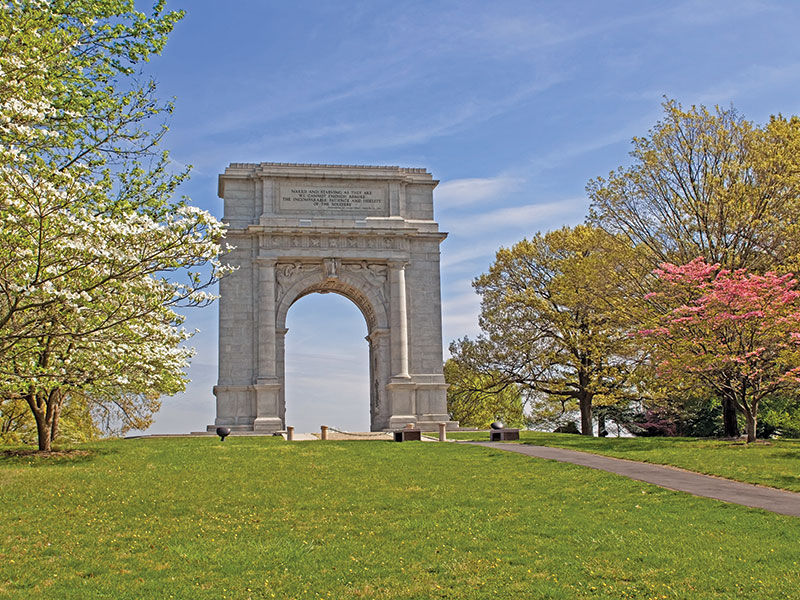
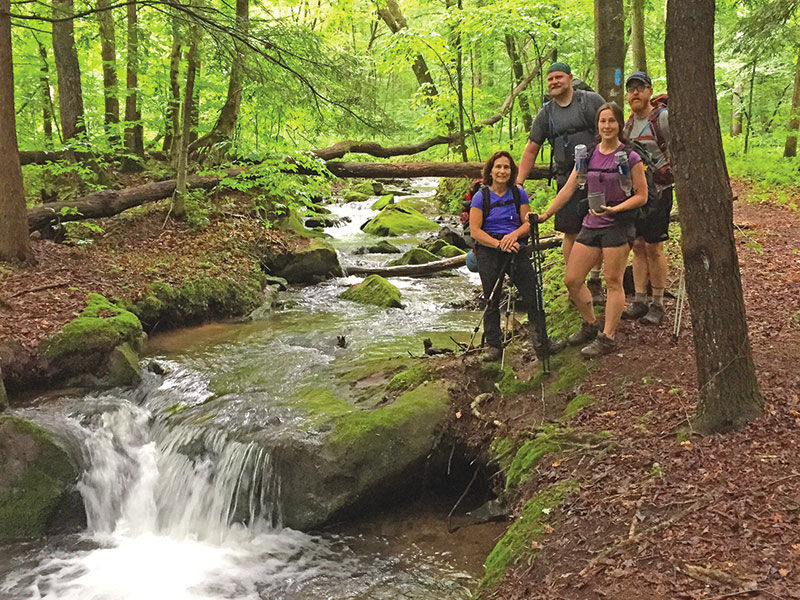
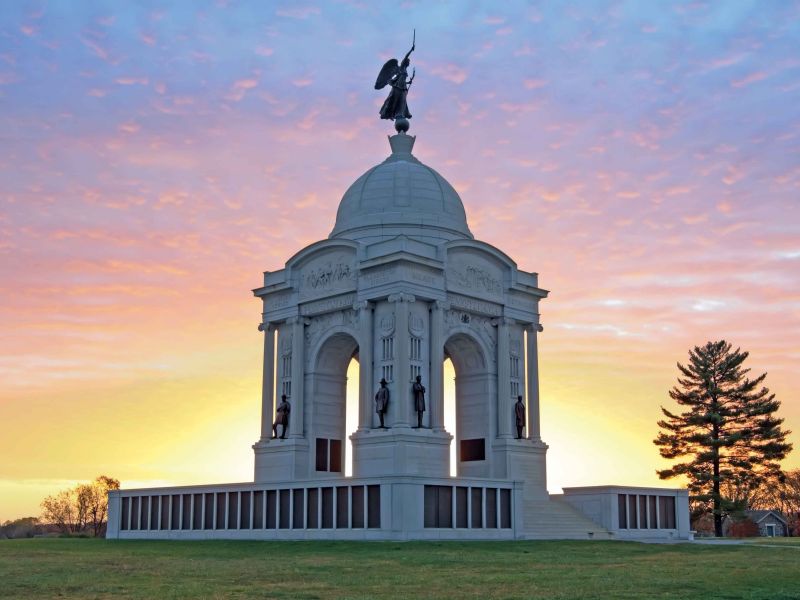
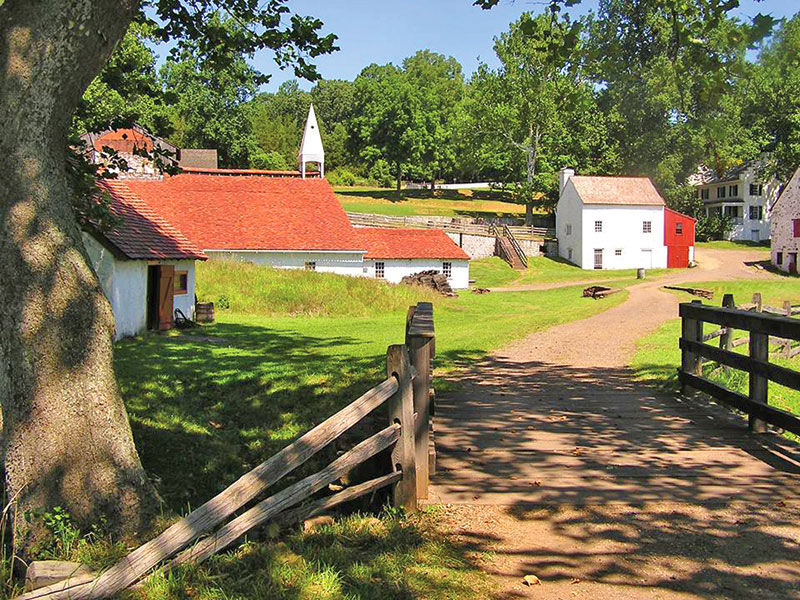
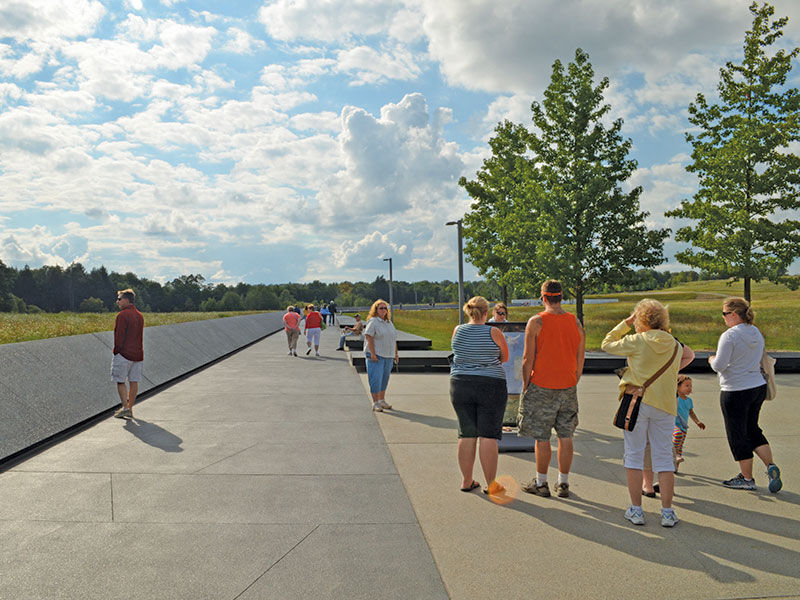
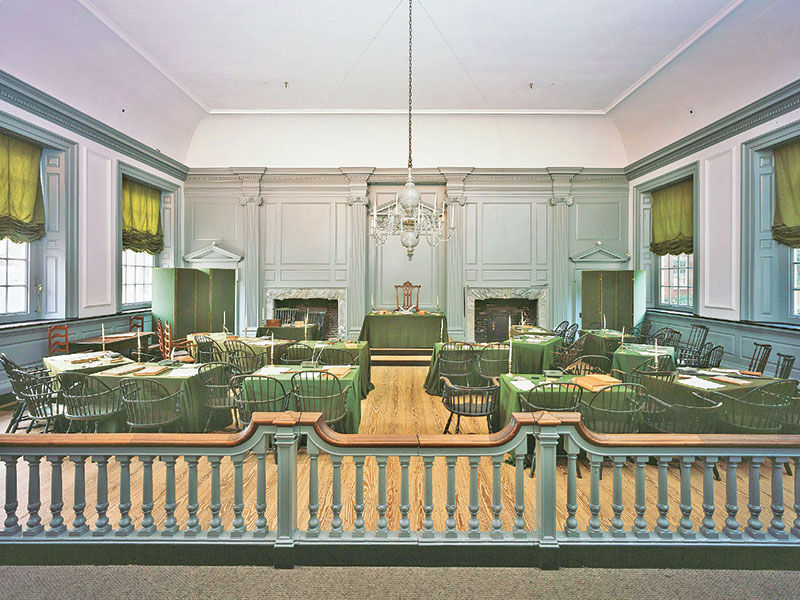
SHARE
PRINT